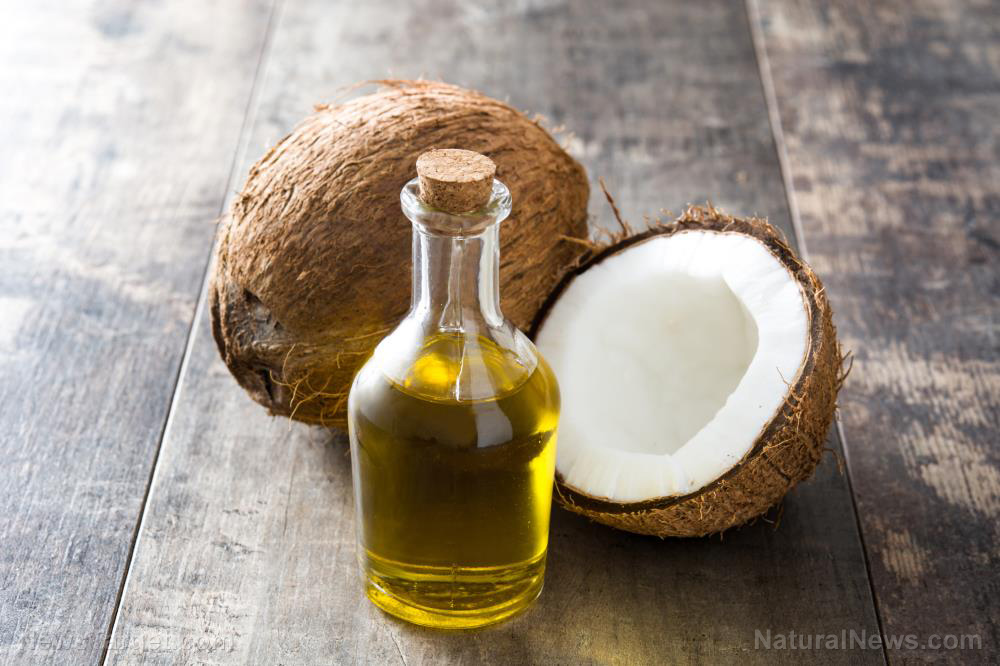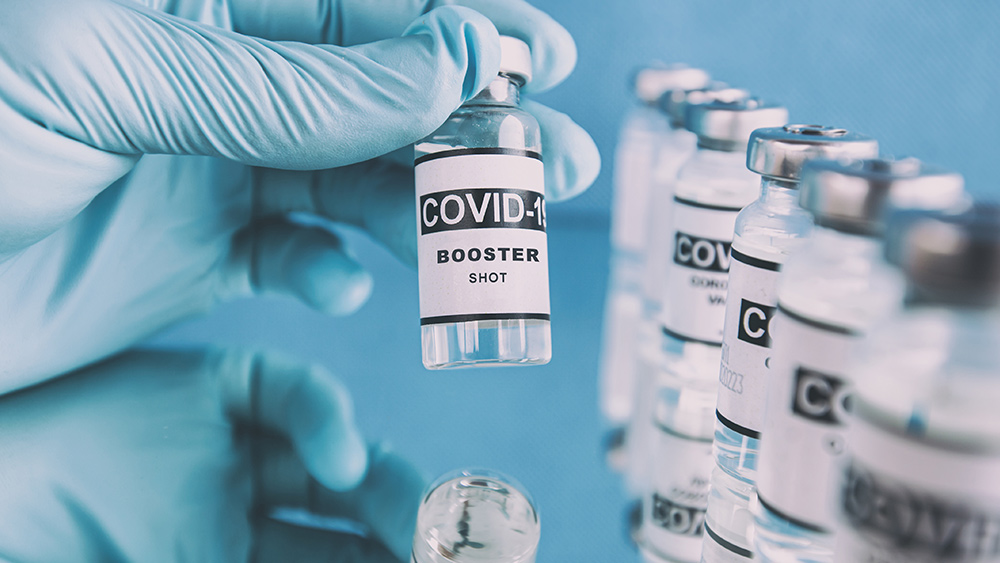Caprylic acid, a nutrient found in coconut oil, kills persistent Candida biofilms
10/17/2018 / By Rhonda Johansson

Caprylic acid, a natural compound found in abundance in coconut oil, has been observed to penetrate and eradicate persistent Candida biofilms. A recent peer-reviewed study published in Frontiers of Microbiology concluded that a combination of caprylic acid and pectic acid (a water-soluble fiber found in most fruits and vegetables) completely eliminated pathogenic biofilms within an hour of exposure. Moreover, this reaction was isolated to only toxic cells — healthy cells were left untouched.
Perhaps the most significant conclusion of the study was the observation that caprylic acid was highly effective at removing various other infection-causing microorganisms such as MRSA, E.coli, Salmonella, and P. aerignosa.
This study is one of many that suggests the use of the fatty acid as a natural, safe, and effective treatment for certain yeast and bacterial infections.
Caprylic acid for a candida overgrowth
Caprylic acid is a powerful natural antifungal; however, it works best when used in combination with other natural ingredients. This creates a multi-faceted approach to killing off yeast infections, as well as preventing any type of recurrence. Most natural health practitioners recommend combining caprylic acid with oregano oil, garlic, and grapefruit seed extract.
High potency
A Japanese review on caprylic acid found that the fungicidal effect of the fatty acid was “exceedingly powerful.” Researchers have suggested that caprylic acid is just as, if not more efficient, at removing Candida biofilms than some pharmaceutical drugs such as Diflucan.

Caprylic acid’s potency can be attributed to its short chain length, which makes it able to easily penetrate the cell wall of the yeast. Once it enters the yeast’s cell, it incorporates itself into the cell membrane, causing it to rupture. This then destroys the yeast cell.
Dual-effect
Caprylic acid likewise makes your body more alkaline. This normalizes the acidity of your stomach and prevents candida growth. Take note that while it necessary for your stomach to be more acidic than the rest of your body to properly digest food, an excessively acidic environment can lead to inflammation and a vulnerability to various gastrointestinal disorders.
A candida overgrowth is triggered when the balance of gut microbiome is disturbed. The Candida albicans fungus exists normally as part of the microbiome but can cause a slew of side effects once they grow out of control. Symptoms of a candida overgrowth include diarrhea, bloating, and flatulence. People with candidiasis (the medical term for a candida overgrowth) can experience fatigue, joint pain, chronic sinusitis, and allergies.
If left untreated, candidiasis may even cause a “leaky gut,” or increased intestinal permeability.
Shockingly, antibiotics may cause a candida overgrowth. This is because synthetic antibiotics kill off beneficial bacteria as well as pathogens. Following an unhealthy diet — one that includes large amounts of processed sugar and refined flours — can also set the stage for candidiasis.
This makes the condition a common, though highly preventable, disorder.
All the same, healers are searching for natural treatments that show low toxicity yet are potent against resistant biofilms.
The antiviral, antibacterial, and antifungal properties of caprylic acid are useful in treating candida by strengthening the immune system while removing pathogenic yeast infections. It may also be effective for other conditions such as urinary tract infections, bladder infections, some sexually-transmitted infections, and even gingivitis. (Related: Top 8 natural remedies that would end most preventable diseases in America.)
An integrative healthcare provider may prescribe caprylic acid dosages in the amount of 500 to 1,000 mg (depending on the severity of the infection), taken three times a day.
As mentioned earlier, the powerful effects of caprylic acid may be augmented when taken in conjunction with other healthful foods. We recommend taking caprylic acid with foods rich in omega-3 fatty acids, calcium, and magnesium.
Read more ways to naturally improve your health at Healing.news.
Sources include:
Submit a correction >>
Tagged Under:
candida, candida albicans, Caprylic acid, coconut oil, gastrointestinal disorders, gut health, natural cures, natural medicine, natural remedies, yeast infections
This article may contain statements that reflect the opinion of the author





















